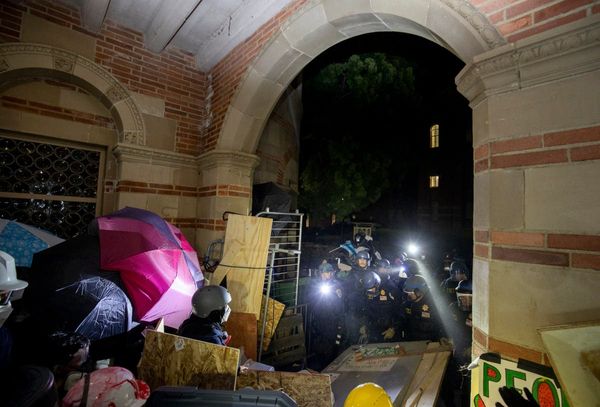
Ah, the housing accord. The policy that rears its head at budget time and at budget time only. It got good billing in the treasurer’s speech again this year, with Chalmers reminding us that it “aims” to build 1 million new homes in the five years after 2024.
With housing at the forefront of the cost-of-living issues Australians are facing, the government is contending with an extreme dilemma. How to solve the problem? The housing market is such a behemoth, with trillions upon trillions of dollars’ worth of land and buildings, that to shift it materially would cost a fortune. The federal budget might seem big, at $680 billion a year, but it is dwarfed by the value of the housing stock.
So the government continues to merely nibble around the edges, trying to create the conditions where the housing market will solve itself, and at the same time handing out cash to the people most horrifically disadvantaged by the high costs.
The newest ideas in the housing accord include a tax break for build-to-rent projects and extra backing for the National Housing and Finance Investment Corporation (NHFIC). It is supposed to build at least 1200 houses in each state over five years. Actually, scrap that, it doesn’t build them itself. Instead, the budget says it will “require NHFIC to take reasonable steps to allocate a minimum of 1200 homes to be delivered in each state and territory”. More weaselly words are hard to imagine.
People, people everywhere
An additional 1200 homes over five years sounds like a welcome addition to Australia’s housing stock. But we need to keep it in perspective. Because the budget also reveals that Australia’s population has been upgraded by 1.5% since the last budget. That’s an increase of about 325,000 people since last October. Net overseas migration in 2022-223 is expected to be 400,000 and 315,000 next year. Even 1 million homes will be soaked up quite quickly at this rate.
No wonder CoreLogic is reporting “the strongest annual rental increase on record for Australia’s capitals. Rents are driving CPI higher and causing household budgets to collapse under their own weight. The government is pushing back on that rent hike with an increase to rent assistance. The government is giving up to $31 a fortnight extra to renters to help them.
A cynic might say that in the tightest rental markets seen in generations, this subsidy will be passed entirely to landlords, but cooler analysis suggests it will probably only be mostly passed through. (After all, there is some extent to which the supply of rental properties will increase as renters can afford to pay more.)
Now, we might expect that if rents are soaring, property prices are rising and so is the population, that the construction sector will get busy building. That’s how markets work, right?
Unfortunately the budget predicts the exact opposite. Dwelling investment is predicted to fall even as net overseas migration is strong. We can only hope this is one of the predictions the budget gets egregiously wrong. The alternative would mean a housing market where rental properties become like toilet paper in the pandemic, and you can’t get one at any price.







